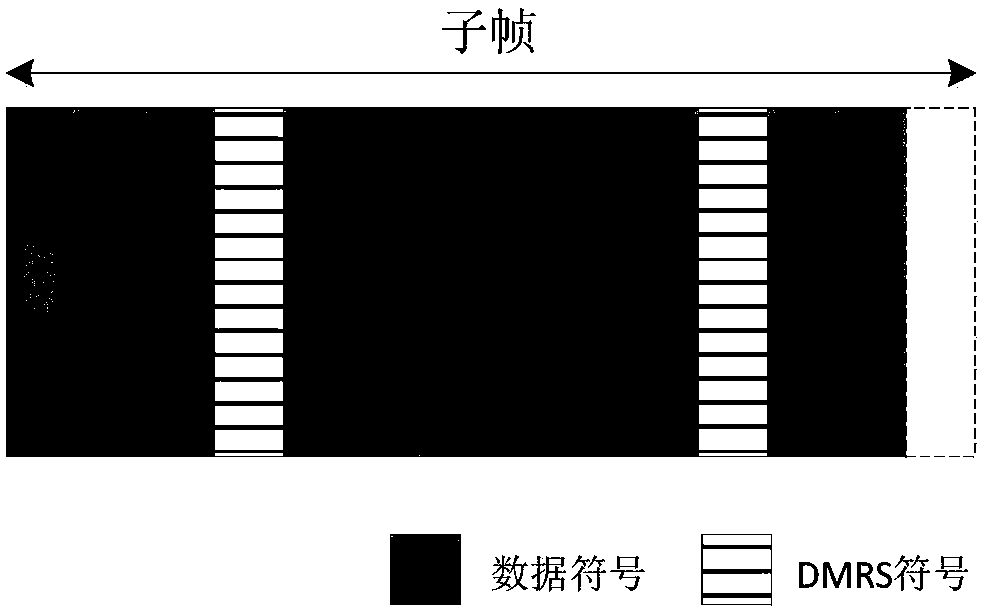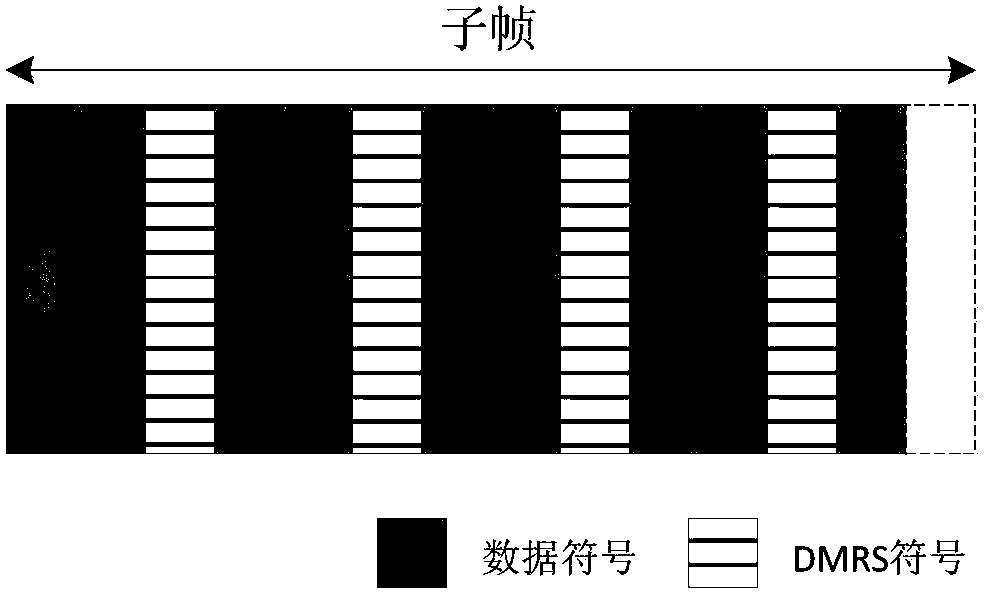Data transmission method and device
A technology for transmitting data and equipment, which is applied in the field of wireless communication systems, and can solve problems affecting prediction performance, etc.
- Summary
- Abstract
- Description
- Claims
- Application Information
AI Technical Summary
Problems solved by technology
Method used
Image
Examples
Embodiment 1
[0104]For a device A, when it occupies K resources, K is greater than or equal to 1, and the periods of these resources may be the same. For a device A, when it occupies K resources, it is also possible to allow periods of the K resources to be different or not completely the same. For example, device A occupies K1 resources, and its repetition period is P1; and occupies K2 resources, and its repetition period is P2, where K1 and K2 are greater than or equal to 1, the sum of K1 and K2 is equal to K, and P1 and P2 are not equal.
[0105] The timing at which device A performs selection / reselection of the aforementioned K resources may be common, that is, when device A performs resource selection / reselection, device A will select / reselect all K resources. Assume that device A occupies resources in a period P, and occupies resources of K subframes in one period, for example, transmits one data K times in one period, and after selecting K resources in one period, all K resources T...
Embodiment 2
[0146] Assume that a device occupies resources in a period P, and occupies resources of K subframes in one period, for example, transmits one piece of data K times in one period. That is, K resources are allocated to the above-mentioned devices, and each resource is allocated periodically at a period P. After the above-mentioned device selects a certain resource and occupies it for several cycles, it releases the resource and executes resource selection again. In addition, when the above-mentioned device detects a collision, that is, by receiving the SAs of other devices, the above-mentioned device finds that a correctly decoded SA schedules a subframe / subband that conflicts with its own data channel resources, in some cases, Can also trigger resource reelection.
[0147] In order to support effective resource selection / reselection, device A needs to detect the channel within a detection window before the subframe n in which resource selection / reselection is performed, and th...
Embodiment 3
[0161] Assume that a device occupies resources in a period P, and occupies resources of K subframes in one period, for example, transmits one piece of data K times in one period. That is, K resources are allocated to the above-mentioned devices, and each resource is allocated periodically at a period P. After the above-mentioned device selects a certain resource and occupies it for several cycles, it releases the resource and executes resource selection again. In addition, resource reselection can also be triggered in other situations.
[0162] For a device A, it first sends an SA, which indicates occupied data channel resources and other parameters used to control data transmission. The above parameters may include one or more of the following parameters:
[0163] The modulation and coding scheme (MCS) of data transmission, combined with the MCS and the number of occupied PRBs, the transmitted transmission block size (TBS) can be obtained;
[0164] Scheduling business prio...
PUM
 Login to View More
Login to View More Abstract
Description
Claims
Application Information
 Login to View More
Login to View More - R&D Engineer
- R&D Manager
- IP Professional
- Industry Leading Data Capabilities
- Powerful AI technology
- Patent DNA Extraction
Browse by: Latest US Patents, China's latest patents, Technical Efficacy Thesaurus, Application Domain, Technology Topic, Popular Technical Reports.
© 2024 PatSnap. All rights reserved.Legal|Privacy policy|Modern Slavery Act Transparency Statement|Sitemap|About US| Contact US: help@patsnap.com










